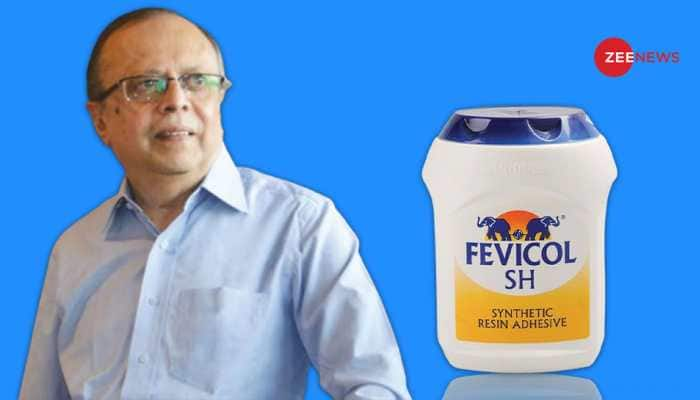Welcome to age of 4D printers with 'shape shifting' 4th dimension
As per a new research, with new technology that is taking 3-D printing to an entirely new level, we're onto 4-D printing now.
Trending Photos
)
Washington: As per a new research, with new technology that is taking 3-D printing to an entirely new level, we're onto 4-D printing now.
The fourth dimension is time, shape shifting in fact, and the ARC Centre of Excellence for Electromaterials Science (ACES) at the University of Wollongong is helping to set the pace in the next revolution in additive manufacturing.
Just as the extraordinary capabilities of 3D printing have begun to infiltrate industry and the family home, researchers have started to develop 3D printed materials that morph into new structures, post production, under the influence of external stimuli such as water or heat, hence the name, 4D printing.
So, as in 3D printing, a structure is built up layer by layer into the desired shape, but these new materials are able to transform themselves from one shape into another, much like a child's Transformer toy.
This ground-breaking science promises advancement in myriad fields, medicine, construction, automation and robotics to name a few.
Researchers have turned their attention to the medical field of soft robotics, manufacturing a valve that actuates in response to its surrounding water's temperature.
Researcher Marc in het Panhuis, who said it was the cleverness of the valve's creation that was remarkable, noted that the cool thing about it is, is it's a working functioning device that people just pick up from the printer, adding there's no other assembly required.
The materials scientist said the valve, a 3D printed structure, possessed actuators that are activated solely by water and so it's an autonomous valve, there's no input necessary other than water; it closes itself when it detects hot water.
The study appears in journal Macromolecular Rapid Communications.
Live Tv







)
)
)
)
)
)
)
)
)
)
